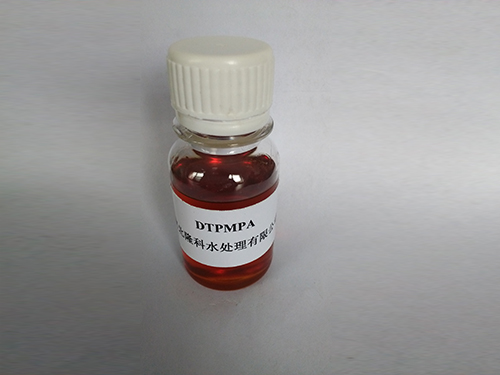chloromethyl isothiazolinone
Chloromethyl Isothiazolinone An Overview
Chloromethyl isothiazolinone (CMI) is a widely utilized chemical compound, primarily known for its effectiveness as a preservative and biocide in various industrial applications. Belonging to the isothiazolinone family, CMI is particularly valued for its antimicrobial properties, making it an essential ingredient in many cosmetic products, household cleaners, and industrial formulations.
As a colorless liquid, CMI functions as a potent antimicrobial agent, inhibiting the growth of bacteria, fungi, and other microorganisms. This characteristic is primarily attributed to its ability to disrupt cellular functions in microbial organisms. Consequently, CMI is commonly incorporated into products to prolong shelf life and maintain product integrity by preventing spoilage and contamination.
The applications of chloromethyl isothiazolinone are vast. In the cosmetics industry, it is frequently used in personal care products such as shampoos, conditioners, lotions, and creams. Its inclusion helps to preserve these products and ensure that they remain safe for consumer use over time. Similarly, CMI is utilized in household cleaning products, where it functions to prevent microbial growth, thus ensuring that surfaces remain hygienic.
chloromethyl isothiazolinone

However, despite its effectiveness, the use of CMI has raised health and safety concerns. Studies have indicated that CMI can cause allergic reactions and skin sensitivities in some individuals, particularly with repeated exposure. These reactions often manifest as contact dermatitis, leading to regulatory scrutiny and the need for caution in its application. Consequently, manufacturers have been urged to assess the safety of their formulations, especially in products designed for sensitive skin or for use by children.
In light of these concerns, regulatory bodies in various countries have implemented guidelines and limitations on the concentration of chloromethyl isothiazolinone in consumer products. The European Union, for instance, has established stringent regulations controlling the use of CMI due to its potential health risks. This has prompted many manufacturers to seek alternative preservatives that offer similar benefits without the associated risks.
In response to consumer demand for safer products and increased regulatory scrutiny, the market has seen a shift towards the development of alternative biocides. These alternatives, such as natural preservatives and milder synthetic compounds, aim to provide effective microbial control without the adverse effects linked to isothiazolinones.
In conclusion, chloromethyl isothiazolinone plays a significant role in various industries as an effective preservative and microbial agent. While its benefits are substantial in extending the shelf life of products, the associated health risks necessitate careful consideration and responsible use. As the industry evolves, there is a growing trend toward finding safer alternatives, ensuring that consumer safety remains a priority while maintaining product efficacy. As regulatory landscapes continue to change and consumer awareness increases, the future of CMI and its alternatives will likely shift in response to these dynamics.
-
lk-319-special-scale-and-corrosion-inhibitor-for-steel-plants-advanced-solutions-for-industrial-water-systemsNewsAug.22,2025
-
flocculant-water-treatment-essential-chemical-solutions-for-purification-processesNewsAug.22,2025
-
isothiazolinones-versatile-microbial-control-agents-for-industrial-and-consumer-applicationsNewsAug.22,2025
-
scale-inhibitor-key-solutions-for-water-system-scale-preventionNewsAug.22,2025
-
organophosphonates-versatile-scale-inhibitors-for-industrial-water-systemsNewsAug.22,2025
-
scale-and-corrosion-inhibitor-essential-chemical-solutions-for-water-system-maintenanceNewsAug.22,2025





